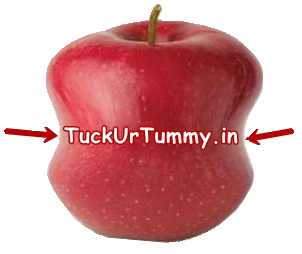|
|
And therein lies the problem: Some people don’t consume enough vitamin B12 to meet their needs, while others can’t absorb enough, no matter how much they take in. As a result, vitamin B12 deficiency is relatively common, especially among older people. The National Health and Nutrition Examination Survey estimated that 3.2% of adults over age 50 have a seriously low B12 level, and up to 20% may have a borderline deficiency. Are you at risk? There are many causes for vitamin B12 deficiency. Surprisingly, two of them are practices often undertaken to improve health: a vegetarian diet and weight-loss surgery. Plants don’t make vitamin B12. The only foods that deliver it are meat, eggs, poultry, dairy products, and other foods from animals. Strict vegetarians and vegans are at high risk for developing a B12 deficiency if they don’t eat grains that have been fortified with the vitamin or take a vitamin supplement. People who have stomach stapling or other form of weight-loss surgery are also more likely to be low in vitamin B12 because the operation interferes with the body’s ability to extract vitamin B12 from food. Plants don’t make vitamin B12. The only foods that deliver it are meat, eggs, poultry, dairy products, and other foods from animals. Strict vegetarians and vegans are at high risk for developing a B12 deficiency if they don’t eat grains that have been fortified with the vitamin or take a vitamin supplement. People who have stomach stapling or other form of weight-loss surgery are also more likely to be low in vitamin B12 because the operation interferes with the body’s ability to extract vitamin B12 from food. Conditions that interfere with food absorption, such Celiac or Crohn’s disease, can cause B12 trouble. So can the use of commonly prescribed heartburn drugs, which reduce acid production in the stomach (acid is needed to absorb vitamin B12). The condition is more likely to occur in older people due to the cutback in stomach acid production that often occurs with aging. Recognizing a B12 deficiency Vitamin B12 deficiency can be slow to develop, causing symptoms to appear gradually and intensify over time. It can also come on relatively quickly. Given the array of symptoms it can cause, the condition can be overlooked or confused with something else. Symptoms may include:
Early detection and treatment is important. “If left untreated, the deficiency can cause severe neurologic problems and blood diseases,” says Dr. Bruce Bistrian, chief of clinical nutrition at Harvard-affiliated Beth Israel Deaconess Medical Center. B proactive It’s a good idea to ask your doctor about having your B12 level checked if you:
Vegetarian Vitamin B-12 Food Sources :
** Vitamin B-12 intake should be from supplements or fortified foods due to the age-related increase in food bound malabsorption.
RDA from United States Department of Agriculture Library; DRI Table: RDA and AI for Vitamins and Elements
|
